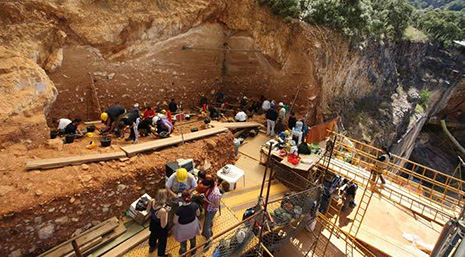The dig led to the discovery of a new human species, named Homo Anteccesor, which is thought to be ancestral to Neanderthal man.
The decision was taken at the meeting of the World Patrimony Committee in Rome and follows on that taken 15 years ago when the Atapuerca excavations were declared "Patrimony of the Human Race."
The UNESCO website describes the various site as containing, "a rich fossil record of the earliest human beings in Europe, from nearly one million years ago and extending up to the Common Era."
"They represent an exceptional reserve of data, the scientific study of which provides priceless information about the appearance and the way of life of these remote human ancestors," the organization said.
However, Atapuerca was not the only Spanish site to be given the accolade as a site of Exceptional Universal Value, with the honor also being handed to the Cultural Countryside in Aranjuez, which is just outside of Madrid, the Archeological Remains at Tarraco, the Garajonay National Part in the Canary Islands and the "Rupestre Art" (ancient cave art) of the Iberian Peninsula.
Among the most famous cave art in Spain are the paintings at Altamira, which are estimated to be almost 20,000 years old.
More about:
















































